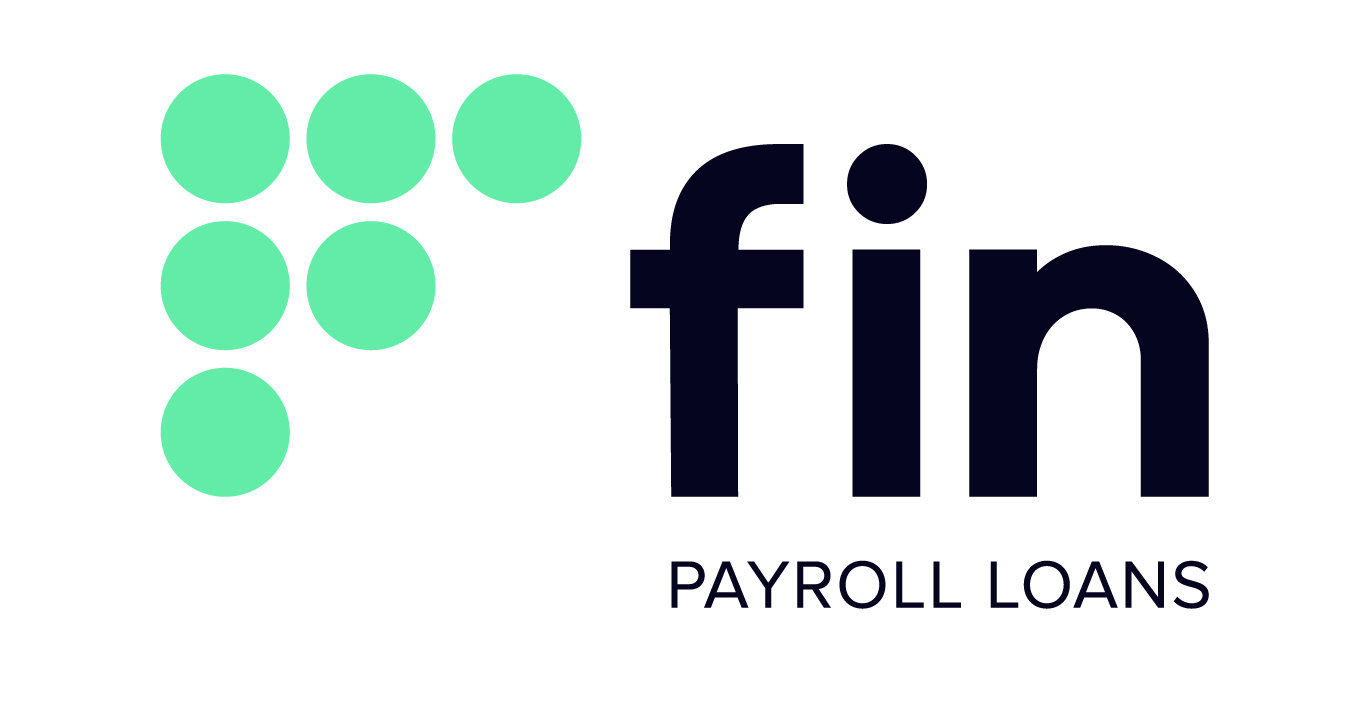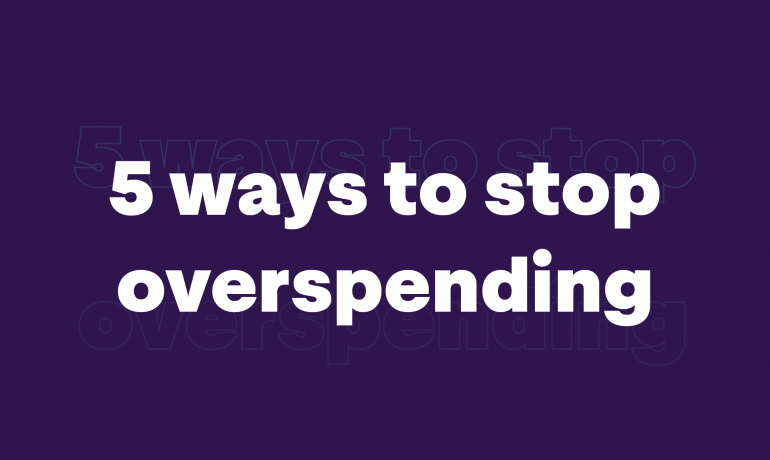Using Financial Wellness Offerings to Boost Employee Retention
For a good reason, financial wellness programs are booming in the workplace. Studies show that when a company offers employees access to reliable, affordable financial services, it positively affects employee retention. In an increasingly digital and connected world, employees need access to more than just basic financial services — they need access to the right financial services at the right price points. Financial wellness programs can ensure this by offering accessible savings options and loan products that target their specific needs. This article will focus on the benefits of employee financial wellness programs in South Africa and how they can help retain employees.
What are financial wellness programs?
Financial wellness programs (FWHPs) are an addition to standard employee benefits and go beyond retirement planning and investing information. It promotes the accurate understanding and proper application of money to maximise the likelihood that the employee will develop a healthy relationship with their money and establish stable, fulfilling, and satisfying personal finance scenarios at home and work, now and in the future.
In South Africa, employers can provide various financial wellness programs to employees. Employers can give access to financial wellness programs through your payroll provider, through an employer-specific program, or as part of a corporate wellness program.
There are a few key things you should keep in mind when deciding what type of financial wellness programs your company should offer to employees. First, you should assess what benefits employees are asking for. Next, you should determine which financial wellness provider your company can afford to partner with. Like all benefits, they come at a cost. Finally, it would be best if you determined whether your business can effectively market and distribute financial wellness programs to employees. These considerations will primarily affect the type of program you decide to offer.
The benefits of financial wellness programs
Increased savings rate
When employees have access to reliable financial products, like low-interest savings accounts and access to credit, they’re more likely to save for retirement. This can help improve your company’s financial health and increase its long-term viability.
Reduced risk of financial stress
Financial wellness programs can help employees manage their finances and avoid financial stress. Providing low-interest products and affordable access to credit can help them avoid risky behaviours that could affect their credit ratings and cause them to lose valuable benefits, like health care or retirement benefits.
Increased future earning potential
Financial wellness programs can help increase employees’ earning potential by providing access to various financial products and services, like credit. These include car loans to mortgages, which can help employees boost their net worth and unlock economic opportunities that could help them with future financial goals.
Why is it so important to retain employees?
Employees with access to reliable, affordable financial products are more likely to stay with your company. This can help boost your financial health and increase the long-term viability of your business. It can also help reduce the risk of financial stress in employees’ lives, like the feeling of economic pressure from paying unexpected costs like medical bills. For employees with access to reliable financial products, this financial stress is less likely to impact their day-to-day lives. Instead, it’s expected to cause them to seek help from their employer, like a company’s financial wellness program.
The three ways a financial wellness program boosts retention rates
Employee retention is vital to the overall health of any business, both in terms of profits and stability. Studies show that employees are more likely to stay on the job when a company offers access to reliable financial products. That means the benefits of providing financial wellness programs to your employees include the following:
- Lower healthcare costs – A growing number of employers are offering their employees health savings accounts (HSAs). These accounts offer tax-free savings that can help cover out-of-pocket medical expenses.
- Reduced risk of financial stress – Providing employees with low-interest products and affordable access to credit can help them avoid risky behaviours that could affect their credit ratings and cause them to lose valuable benefits, like health care or retirement benefits.
- Increased future earning potential – Providing employees with access to a range of financial products and services, like credit, can help boost their net worth and unlock economic opportunities that could help them with future financial goals.
Conclusion
The internet and the rise of digital technologies have made it easier for employees to manage their finances. However, it’s still vital for them to have access to reliable financial products. That’s where financial wellness programs come in. FWHPs can help boost employee retention, improve a company’s financial health, and help employees manage their finances by providing access to various financial products and services, like credit.











